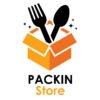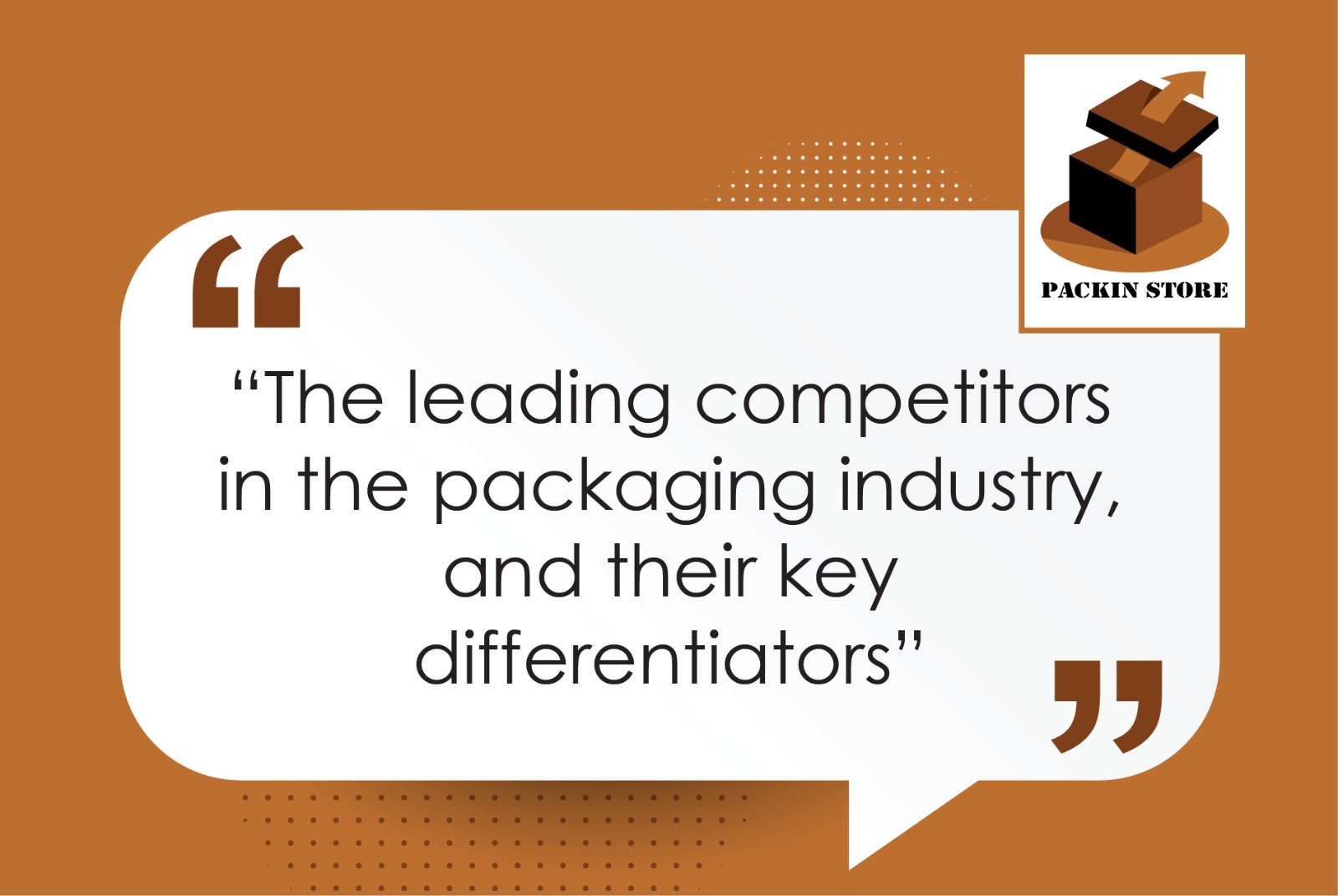In recent years, the packaging industry has undergone a remarkable transformation driven by evolving consumer preferences, environmental concerns, and technological advancements. As we look toward the future, several key trends and innovations are shaping the way products are packaged and delivered. This article delves into current global trends, the influence of sustainability on packaging design, emerging technologies, and the industries driving the demand for innovative packaging solutions.
Current Global Trends in the Packaging Industry
The packaging industry is witnessing dynamic changes influenced by both market demands and environmental considerations. One significant trend is the shift towards e-commerce packaging. With online shopping becoming increasingly prevalent, packaging solutions are adapting to ensure products are safely delivered while minimizing waste. Companies are investing in packaging that enhances the unboxing experience and is easy to recycle or dispose of.
Personalization and customization are also on the rise. Brands are leveraging packaging as a means to engage consumers on a personal level. Customized packaging not only improves brand recognition but also provides an opportunity to connect with consumers emotionally. This trend is particularly evident in sectors like beauty and luxury goods, where bespoke packaging can significantly enhance the perceived value of a product.
Another notable trend is the move towards minimalist packaging. Driven by both aesthetic preferences and sustainability concerns, minimalist designs reduce excess material use and emphasize functionality. This approach aligns with the growing consumer preference for simplicity and transparency in product packaging.
The Influence of Sustainability on Packaging Design and Materials
Sustainability has become a central theme in packaging design. The push towards more eco-friendly solutions is driven by consumer demand for greener products and stricter environmental regulations. Here are some key aspects of how sustainability is influencing packaging:
1. Material Innovation: Traditional materials like plastic are increasingly being replaced by sustainable alternatives. Biodegradable plastics, compostable materials, and recycled content are gaining popularity. For instance, companies are exploring materials like mushroom-based packaging, seaweed-derived films, and recycled paper and cardboard.
2. Design for Disassembly: Packaging designs are evolving to facilitate easier recycling and disposal. This includes using single-material structures that can be easily separated or designing packaging that requires minimal sorting. Brands are also focusing on reusable packaging solutions, such as refillable containers and multi-use designs.
3. Reduced Packaging: The trend towards right-sizing packaging aims to minimize material use while ensuring product protection. Brands are adopting more precise packaging dimensions to reduce waste and lower the carbon footprint associated with production and transportation.
Popular Sustainable Packaging Solutions include:
Plant-Based Plastics: Made from renewable resources like corn starch or sugarcane, these plastics are designed to break down more quickly than traditional petroleum-based plastics.
Recycled Paper and Cardboard: Utilizing post-consumer waste paper and cardboard helps reduce the demand for virgin materials and lowers environmental impact.
Glass and Metal: These materials are favored for their recyclability and can be reused multiple times without degradation in quality.
Emerging Technologies in Packaging
The packaging sector is also witnessing significant technological advancements that are redefining how packaging is designed, used, and experienced. Some key technologies include:
1. Smart Packaging: Smart packaging integrates technology to enhance functionality and provide real-time information. Examples include **QR codes** and **RFID tags** that offer consumers product information, track freshness, or verify authenticity. **NFC (Near Field Communication)** technology enables interactive experiences, such as accessing digital content or promotions by simply tapping a smartphone against the package.
2. Active and Intelligent Packaging: These types of packaging actively interact with the product to extend shelf life or improve quality. **Oxygen absorbers**, **moisture regulators**, and **temperature indicators** are common examples. For instance, active packaging can absorb excess oxygen to prevent spoilage in food products, while intelligent packaging can monitor and communicate the condition of the product throughout its lifecycle.
3. 3D Printing: This technology allows for rapid prototyping and customization of packaging designs. Companies can quickly produce packaging samples and iterate on designs, reducing time to market and enhancing design flexibility. 3D printing is also being explored for creating complex, bespoke packaging solutions that are tailored to specific products or customer preferences.
Industries Driving the Demand for Innovative Packaging Solutions
Several industries are at the forefront of demanding and driving innovations in packaging:
1. Food and Beverage: The food and beverage industry is highly influenced by trends in packaging due to its need for product preservation, safety, and convenience. Innovations in this sector often focus on extending shelf life, improving food safety, and enhancing convenience for consumers. Sustainable packaging solutions are particularly important as consumers and regulators push for reduced environmental impact.
2. Cosmetics and Personal Care: The cosmetics and personal care industry emphasizes aesthetics, personalization, and sustainability. Packaging in this sector often reflects the premium nature of the products and caters to consumer desires for customization. Sustainable packaging solutions and high-quality design are key differentiators in this competitive market.
3. E-commerce: As e-commerce continues to grow, packaging solutions are adapting to the needs of online retailers and consumers. Innovations focus on ensuring product protection during transit, optimizing packaging for shipping efficiency, and enhancing the unboxing experience. Sustainable and minimalistic designs are also gaining traction to align with consumer values.
4. Pharmaceuticals: The pharmaceutical industry demands packaging solutions that ensure product integrity, compliance with regulatory standards, and protection against tampering. Innovations in this sector include tamper-evident packaging, child-resistant features, and smart packaging solutions that track and monitor medication usage.
Looking Ahead
Over the next 5-10 years, the packaging industry will continue to evolve, driven by technological advancements, sustainability goals, and changing consumer expectations. The integration of smart technologies, the adoption of sustainable materials, and the demand for personalized and functional designs will shape the future of packaging. Companies that embrace these trends and innovate responsibly will be well-positioned to meet the demands of an increasingly conscious and tech-savvy consumer base.
In conclusion, the packaging industry is at a pivotal moment, where sustainability, technology, and consumer preferences converge to create a more innovative and environmentally responsible landscape. As we move forward, the ability to adapt and innovate will be key to thriving in this dynamic sector.



